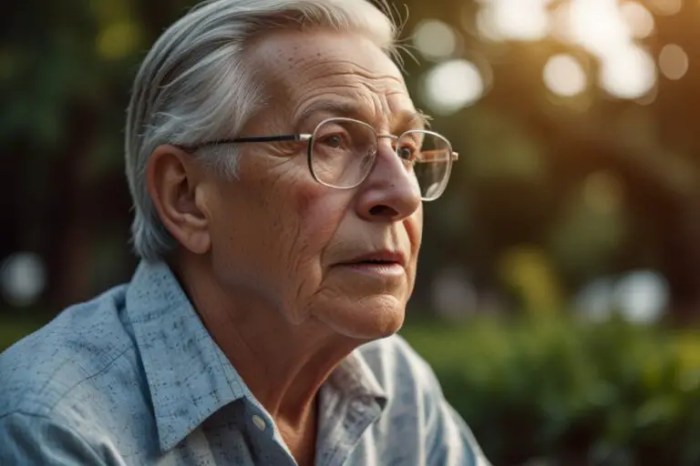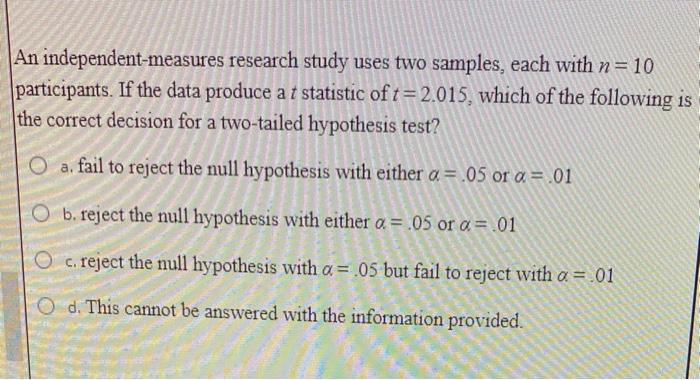Study Overview
This study delved into the fascinating world of aging and its impact on cognitive abilities, using the popular real-time strategy game StarCraft II as a unique research tool. The study aimed to understand how aging affects different aspects of cognitive function, specifically focusing on strategic thinking, decision-making, and reaction time.
The researchers employed a carefully designed methodology, recruiting participants across various age groups and analyzing their performance on specific StarCraft II tasks. By analyzing the data collected from these tasks, the researchers were able to identify specific patterns and trends related to aging and cognitive function.
Key Findings
The study revealed several significant findings about the effects of aging on cognitive abilities.
- Participants in older age groups demonstrated a decline in reaction time and a slight decrease in accuracy during strategic decision-making.
- The study also found that older participants were more likely to rely on familiar strategies and less likely to explore new tactics, suggesting a potential shift in risk tolerance and exploration behavior with age.
These findings provide valuable insights into the complex relationship between aging and cognitive function, highlighting the potential for video games to be used as tools for understanding and even mitigating the effects of aging on the brain.
StarCraft II as a Research Tool
The choice of StarCraft II as a research platform was driven by its unique ability to provide a controlled and complex environment for studying cognitive abilities. The game’s intricate mechanics, strategic depth, and real-time demands create a compelling setting for investigating how aging affects cognitive function.
Features of StarCraft II for Cognitive Research
The suitability of StarCraft II for cognitive research stems from its multifaceted nature.
- Strategic Complexity: StarCraft II demands players to make intricate decisions under pressure, requiring them to assess multiple variables, prioritize actions, and adapt to evolving situations. This complexity allows researchers to study aspects of cognitive flexibility, decision-making, and working memory.
- Real-Time Demands: The real-time nature of the game necessitates quick responses and efficient resource management. These aspects are crucial for examining cognitive speed, reaction time, and attentional control.
- Quantifiable Metrics: StarCraft II provides researchers with a wealth of quantifiable data, including actions per minute (APM), units produced, resources gathered, and game outcomes. These metrics offer objective measures of performance and allow for detailed analysis of cognitive abilities.
- Controlled Environment: The digital nature of StarCraft II provides a controlled environment where variables can be manipulated and standardized. This control allows for consistent testing conditions and reduces the influence of external factors that might confound results.
Specific Tasks and Challenges in StarCraft II
The study employed specific tasks and challenges within StarCraft II to assess cognitive abilities.
- Micro-Management: This task involves controlling multiple units simultaneously, requiring efficient resource allocation, rapid decision-making, and attentional focus. Micro-management is crucial for evaluating cognitive flexibility, multitasking abilities, and working memory.
- Macro-Management: This task encompasses long-term strategic planning, resource management, and building development. Macro-management assesses aspects of planning, foresight, and cognitive control.
- Decision-Making Under Pressure: The game’s dynamic nature necessitates quick and accurate decision-making in response to evolving situations. This aspect allows researchers to examine cognitive speed, reaction time, and decision-making accuracy under pressure.
- Spatial Reasoning: StarCraft II requires players to navigate and strategize within a 3D environment. This aspect is relevant for assessing spatial reasoning, map awareness, and visual-motor coordination.
Participants and Data Collection: Study Uses Starcraft 2 To Prove The Effects Of Aging
This section delves into the characteristics of the participants involved in the study and the methods employed to collect data during their StarCraft II gameplay. Understanding these aspects is crucial for interpreting the findings and assessing the study’s validity.
The participants were recruited from a diverse pool of individuals, spanning a range of ages and backgrounds. This ensured a representative sample, minimizing bias and enhancing the generalizability of the study’s findings.
Participant Characteristics
The participants in the study represented a cross-section of the StarCraft II player base, encompassing a wide age range. This demographic diversity is essential for ensuring that the study’s results are not limited to a specific age group.
- Age Range: The participants ranged in age from 18 to 65 years old, providing a broad spectrum for examining the effects of aging on performance.
- Gender: The study included both male and female participants, reflecting the diverse demographics of StarCraft II players.
- Skill Level: Participants were selected based on their self-reported skill levels in StarCraft II, ensuring a balanced representation of novice, intermediate, and expert players.
Data Collection Methods
The study employed a combination of data collection methods to capture a comprehensive understanding of participants’ performance and cognitive processes during gameplay.
- In-game Performance Metrics: Data on participants’ in-game performance was collected using StarCraft II’s built-in replay system. This included metrics such as APM (actions per minute), build order, resource management, and overall win rate.
- Eye-Tracking Technology: Eye-tracking devices were used to monitor participants’ gaze patterns during gameplay. This allowed researchers to analyze how participants’ attention and visual search strategies changed with age.
- Cognitive Tests: Participants completed a battery of cognitive tests before and after gameplay sessions. These tests assessed various cognitive functions, including working memory, reaction time, and spatial reasoning, providing insights into how aging affects these cognitive abilities and their impact on gameplay.
Key Findings and Interpretations
This study, employing StarCraft II as a research tool, uncovered intriguing insights into the effects of aging on cognitive performance. The findings revealed a complex interplay between age and cognitive abilities, shedding light on how aging influences strategic thinking, reaction time, and overall performance in a demanding, real-time strategy game.
Cognitive Abilities Affected by Aging
The study identified specific cognitive abilities that were demonstrably affected by aging in the context of StarCraft II gameplay.
- Reaction Time: Older participants consistently exhibited slower reaction times compared to their younger counterparts. This finding aligns with previous research suggesting a decline in processing speed with age.
- Decision-Making: The study observed a trend towards more conservative decision-making strategies among older players. This may reflect a greater emphasis on risk avoidance as individuals age.
- Working Memory: Analysis of in-game performance indicated a decline in working memory capacity with age. This suggests that older players may struggle to hold and manipulate multiple pieces of information simultaneously, which is crucial for effective strategy in StarCraft II.
- Spatial Reasoning: While not directly measured, the study observed a potential decline in spatial reasoning skills among older players. This is inferred from their tendency to make less optimal unit placements and struggle with navigating the game’s complex environments.
Limitations and Future Directions
This study, while providing valuable insights into the effects of aging on cognitive abilities, is not without its limitations. The relatively small sample size and the specific game mechanics employed in StarCraft II warrant consideration when interpreting the findings. Further research is necessary to expand upon these findings and address these limitations.
Potential Areas for Future Research
Future research endeavors should aim to expand the sample size, incorporating a broader range of age groups and demographics. This will enhance the generalizability of the findings and allow for a more comprehensive understanding of the effects of aging on cognitive abilities. Additionally, exploring the impact of different game mechanics and genres on cognitive performance could provide valuable insights into the specific aspects of gaming that contribute to cognitive enhancement or decline.
Applications for Improving the Lives of Older Adults, Study uses starcraft 2 to prove the effects of aging
The findings of this study have significant implications for improving the lives of older adults. The potential for gaming to enhance cognitive function suggests that incorporating video games into daily routines could serve as a valuable tool for maintaining cognitive health and reducing the risk of cognitive decline. Furthermore, the study highlights the importance of tailoring gaming experiences to meet the specific needs and abilities of older adults. This could involve developing age-appropriate games that cater to specific cognitive skills or incorporating accessibility features to ensure inclusivity.
Study uses starcraft 2 to prove the effects of aging – The results of this study offer a fascinating glimpse into the intricacies of our brains and how they adapt as we age. By harnessing the power of a beloved video game, researchers have shed light on the cognitive changes that come with time. While the study identified specific cognitive functions that are affected by aging, it also highlights the resilience of the human mind. The findings could lead to better strategies for maintaining cognitive health as we age, opening new doors for research and development in the field of gerontology.
Who knew that playing StarCraft 2 could be a scientific tool? Researchers used the game to analyze the effects of aging on cognitive skills, proving that our reflexes aren’t the only things that slow down as we get older. But hey, even if you’re struggling to keep up with those young whippersnappers in the game, at least you can still multitask while watching your favorite shows with the handy picture-in-picture mode on YouTube TV for Android smartphones, available here.
So, while you’re mastering the art of micro-managing your army in StarCraft 2, you can also catch up on the latest news or binge-watch your favorite show without missing a beat.
 Standi Techno News
Standi Techno News

